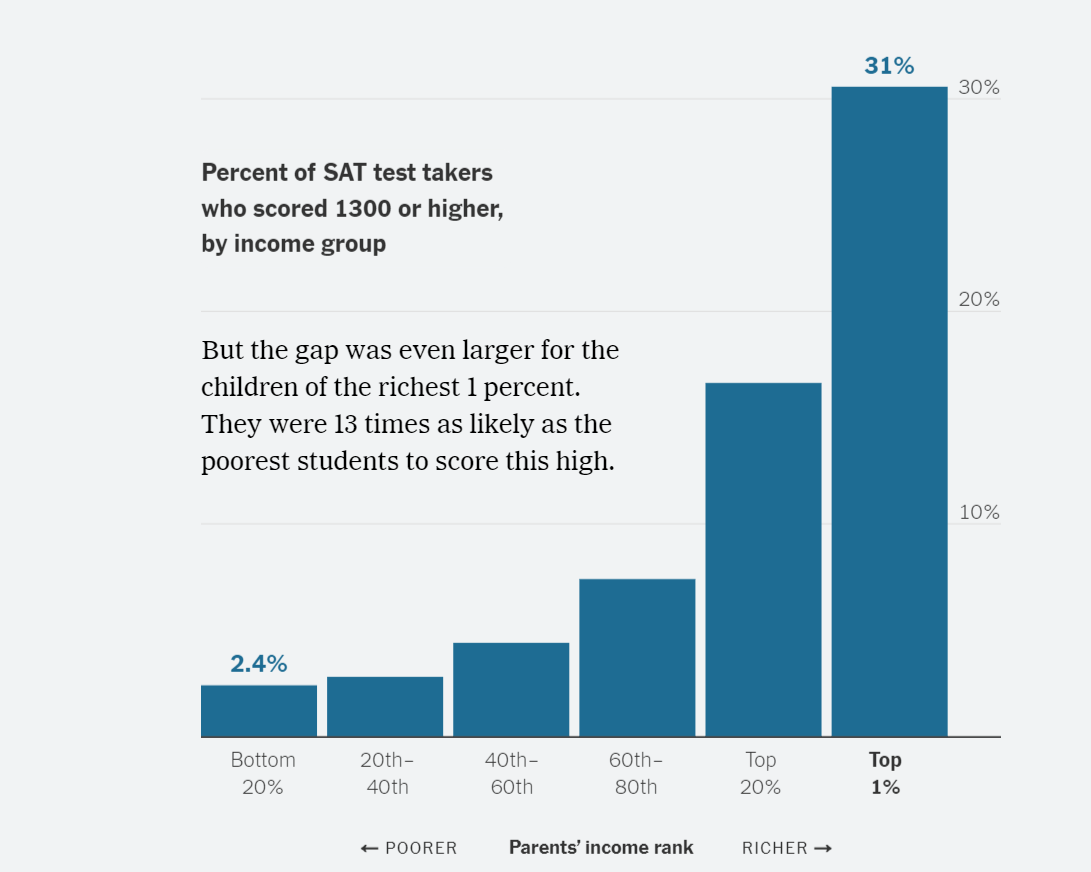Costco Accepts the Union with Humility
/In a great display of humility, Costco management wrote to employees about the new union—a good, positive message to share with students. The CEO and president co-signed the letter to acknowledge the union and reinforce their values, which, they admit, may not have been upheld:
[W]e’re disappointed in ourselves as managers and leaders. The fact that the majority of Norfolk employees felt that they wanted or needed a union constitutes a failure on our part.
The Costco leaders made a good choice if for no other reason that the vote is done, so they might as well accept it. Also, they’re right about the reason for all union activity: employees aren’t getting what they want or need from management and seek outside help.
But few leaders admit this. Starbucks and Amazon, in particular, fought union activity to the extent that the National Labor Relations Board accused Starbucks of interfering with employees’ rights and Amazon of not bargaining in good faith.
Microsoft hasn’t been entirely antagonistic against union activity. After acquiring Activision Blizzard last year, it entered into a neutrality agreement with the Communications Workers of America. This meant that employees were free to choose a union without management’s interference (although that is the law). Employees did vote for the union, Microsoft’s first in the United States, and a spokesperson commented:
In light of the results of the recent unionization vote, we recognize the Communications Workers of America (CWA) as the bargaining representative for the Quality Assurance employees at ZeniMax. We look forward to engaging in good-faith negotiations as we work towards a collective bargaining agreement.
A tech writer made a good point about who defines “good faith.” In response to a similar (but more defensive) Apple statement about its union, he wrote:
To some extent, it could be said that Apple now has a spotlight on its actions at the negotiations—whether it meets the union on the union’s definition of good faith negotiations, or whether it continues to stand on its own record of positive remuneration in spite of the union’s negotiating position.
We’ll see more company responses as union activity gains speed for the first time in decades, particularly in tech and retail industries.















